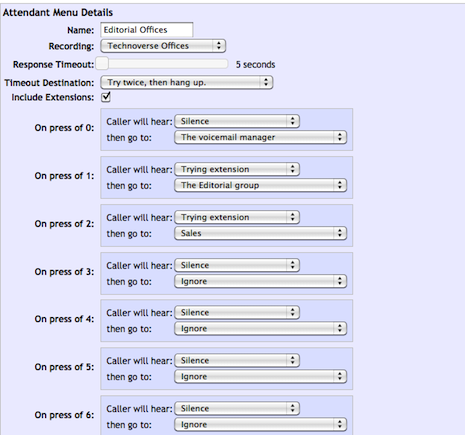There actually was some significant news last week in the technoverse, and it didn’t involve another episode from Mark Zuckerberg’s reality show: on July 16, Google purchased Metaweb, the semantic database company and the force behind the freewheeling Freebase.
No doubt, the semantic web has entered into your own knowledgebase during the last year.
If it hasn’t, quick go to Google: enter empire state building height in the search box. Notice that the numeric height “1250 ft. ( 380 m.)” is highlighted in the search results. Google knew to answer this query with an actual number, instead of merely returning text snippets in which those search keywords were found. This flavor of artificial intelligence comes courtesy of an analysis of the knowledge space.
In a way, Google comprehended that “empire state building” is a structure, which has an attribute or property known as height, which itself has a numeric value associated with it measured in distance units.
Impressive.Continue reading





 At Internet Week in June, I got a quick look at a 3-D printer or fabricator that was being demoed by the folks at MakerBot Industries. Their device is one part of a larger do-it-yourself movement in which both serious inventors and designers or ordinary hobbyists can prototype products in their own living rooms.
At Internet Week in June, I got a quick look at a 3-D printer or fabricator that was being demoed by the folks at MakerBot Industries. Their device is one part of a larger do-it-yourself movement in which both serious inventors and designers or ordinary hobbyists can prototype products in their own living rooms.